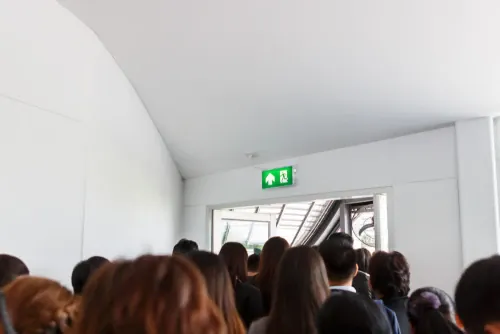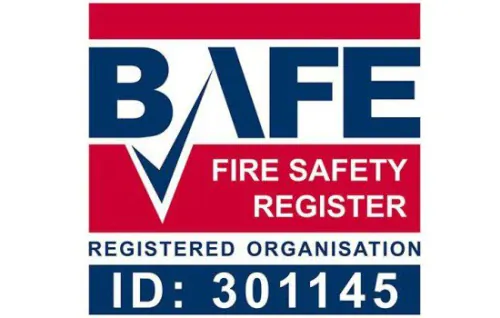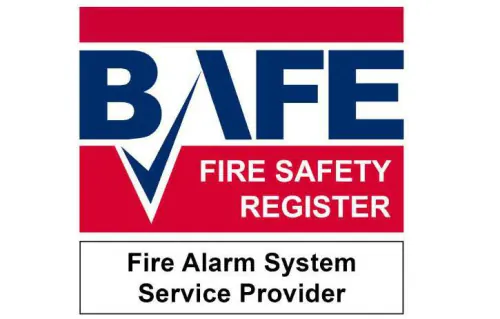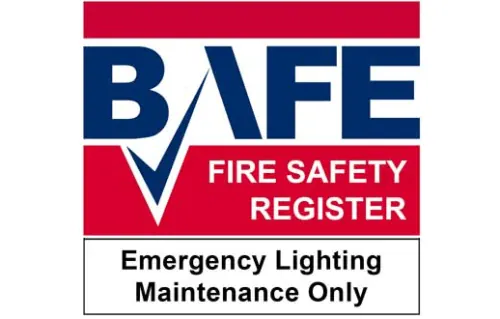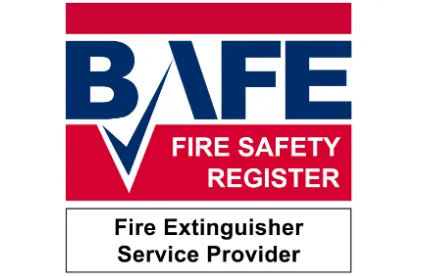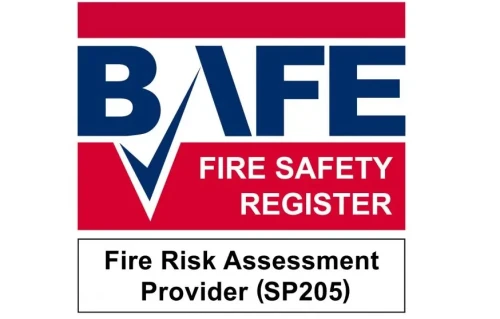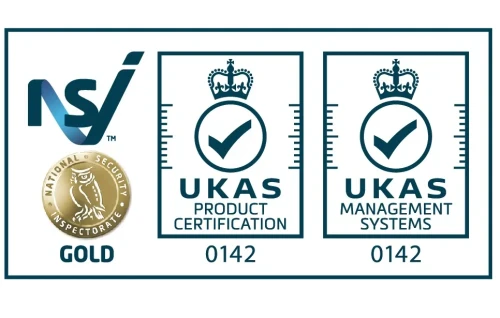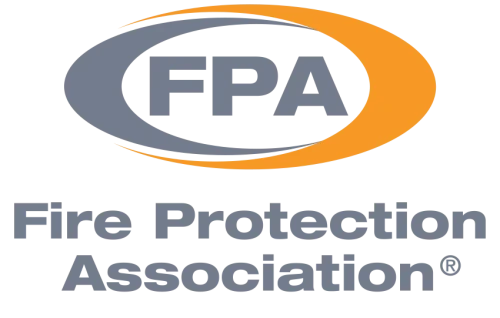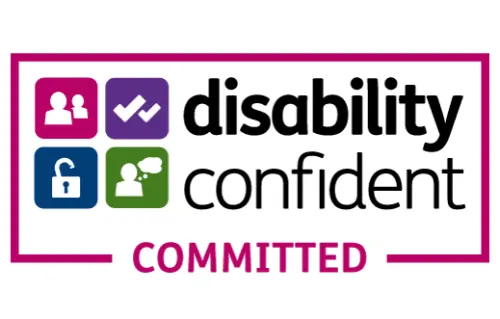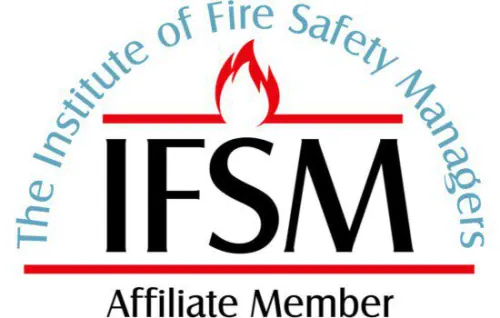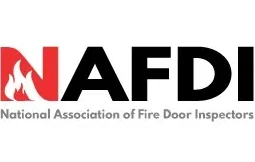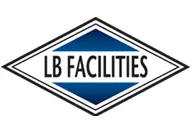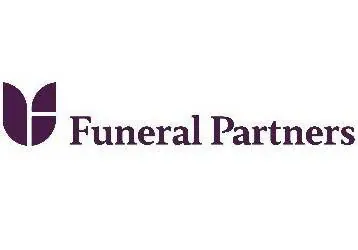The correct evacuation of a property, in the event of a fire, can help to ensure that all building occupants stay calm and act correctly.
Fire Evacuation Drills are required in any premises where an evacuation procedure is in place, as per the requirements of the Regulatory Reform (Fire Safety) Order 2005. This is to ensure any person nominated by the Responsible Person is able to implement the evacuation procedures for the property.
Who should take part?
During a fire evacuation drill, it is vital all persons within the building take part excluding any staff involved in ensuring the security of the property OR who are involved in running a process that can not be shut down or must be permanently monitored. On some occasions, it may even be appropriate to include some members of the public (IE persons who visit the building regularly such as Delivery Drivers or clients who visit frequently).

